It sounds impressive: Microsoft in its latest quarter doubled sales of Surface -- the tablet it hoped would compete with the iPad -- and brought in twice as much revenue from the product as it did in the previous three-month period.
But the Redmond, Wash.-based company still managed to lose millions on its tablets.
In its earnings report on Thursday, Microsoft said it sold $893 million worth of Surface tablets in the three months that ended Dec. 31, up from $400 million in the previous quarter. That was more than the $853 million in Surface sales for Microsoft's entire fiscal 2013, which ended in June. But the company's "cost of revenue" -- what it cost to sell the tablets -- was a whopping $932 million in the latest period.
Microsoft just couldn't spark sales of the original Surface RT, the supposed "iPad Killer," after it launched in 2012. The software giant was way too late to the tablet game, Surface wasn't available at many stores, and with a starting price of $500, the product failed to gain traction. The company reported a $900 million charge last summer to reflect a $150 price cut on unsold Surface inventory, and has since slashed the price even more to make room for the second generation of Surface, which went on sale last fall.
(Microsoft seemed to learn from its Surface RT mistake and didn't ship enough of its second-generation Surface devices to keep stores stocked during the holiday shopping season.)
Over the past few months, Microsoft has been selling what was once a $500 tablet for as little as little as $199, less than the cost of its parts.
A "considerable amount" of Microsoft's Surface sales in its latest quarter could have been driven by the discontinued, heavily discounted tablets, Tim Coulling, a senior analyst at Canalys, a technology market research firm, said after Microsoft's earnings call with analysts and investors. "A significant portion of what was sold was sold at a loss."
Consumers seemed to respond to the price cut, at least: According to InfoScout, an analytics company, the Surface RT priced at $199 was the top-selling product at Best Buy on Black Friday. The Surface, as it's now called, is still being sold in Microsoft's online store with a starting price of $299. Microsoft didn't break down sales by Surface type, but in prepared remarks, Amy Hood, Microsoft's CFO, said the company "saw improved sales of Surface RT" in the latest quarter.
But Coulling said that selling older products at a loss is "unsustainable." He warned of dark days ahead, after Microsoft blows through its inventory of Surface tablets and consumers are forced to pay more for the Surface 2 and Surface Pro 2, which start at $449 and $899, respectively. (A Microsoft spokeswoman did not comment on whether the Surface RT is still being manufactured.)
It's a huge challenge, given that you can pick up a large-screened iPad for $399 and a handful of Android tablets for even less, Coulling said.
"Until they can reduce that price, they're always going to struggle against iPad and against the cheaper Android products," Coulling said. "They need to find a way of making their own Surface products cheaper, and also at the same time making Windows tablets that their partners sell … cheaper."
Even with the Surface sales surge, Microsoft has a long way to go. According to IDC, the technology research firm, Apple shipped 29.7 percent of all tablets worldwide in the third quarter of 2013, while Samsung shipped 19.7 percent. Microsoft shipped 0.7 percent.
Toward the end of the earnings call, one analyst remarked that Surface is still losing money, and asked Microsoft's Hood how many of the tablets the company would need to sell "to make some money."
"We've learned a lot over the course of this journey," Hood said, "and we have to make more meaningful progress … I think we've made a big leap from [version one] to [version two], and I look forward to making leaps as we go forward in our product road map. But I do think it's more to think about it as a goal we absolutely have as we continue to innovate the line."
Microsoft posted strong results for the quarter, exceeding analysts' expectations. The stock rose 3.5 percent in extended trading Thursday after the earnings report.